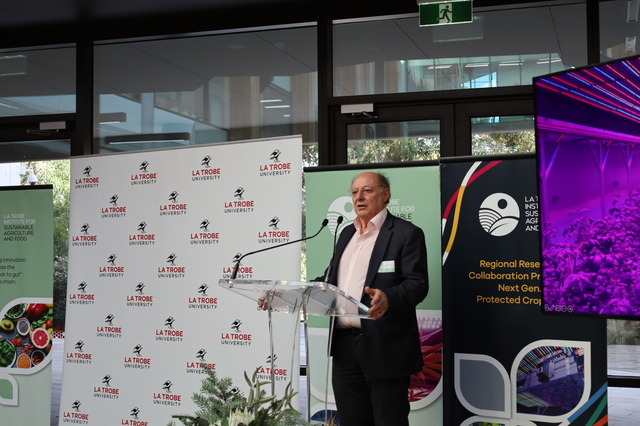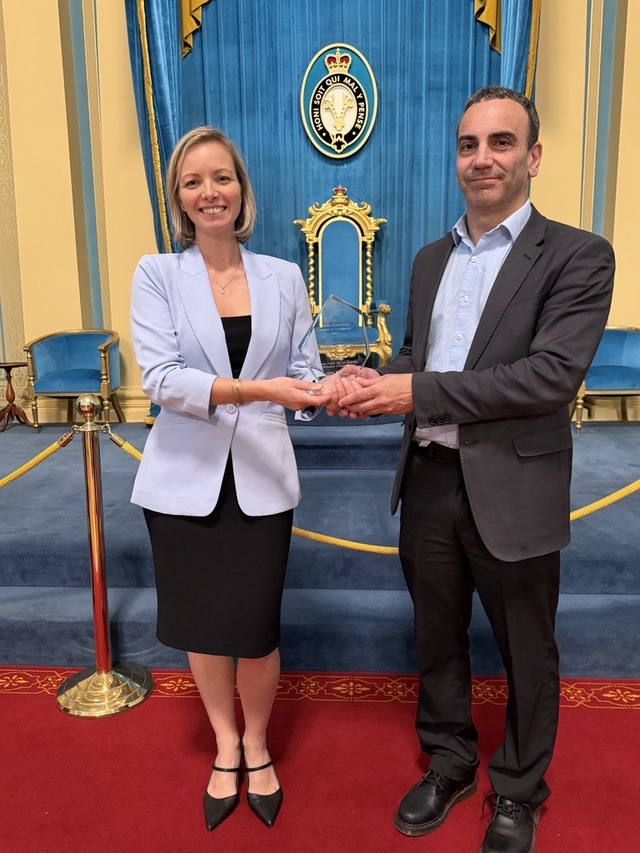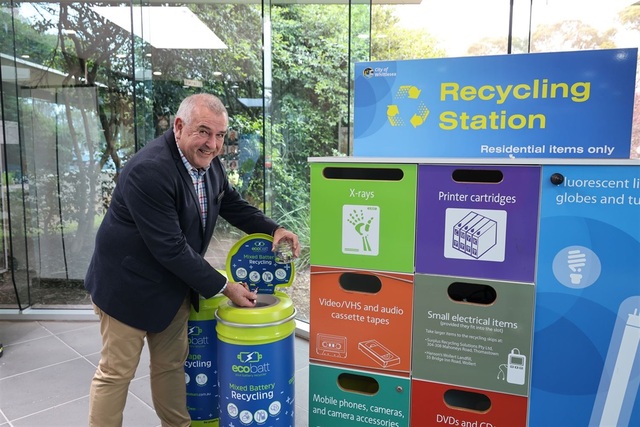The La Trobe Institute for Sustainable Agriculture and Food (LISAF) launched on July 23.
A new hub that will help improve the nation’s food security and find new uses for plant waste has been launched at La Trobe University.
The university received a $5 million grant from the Australian Research Council (ARC) and $6.5 million from partner organisations to help fund the $27.98 million Institute for Sustainable Agriculture and Food
LISAF director Tony Bacic said the facility will transform the horticultural and medicinal agriculture industries in Australia.
“The food and medicinal crops industries are worth $100 billion annually but face significant yield and quality losses pre- and post-farmgate that can be ameliorated through protected cropping systems of growth,” he said.
“Our new La Trobe Institute has a bold ambition to combine experts and programs in agrifood across production, business, supply chains and consumer preferences, with application of the latest technology, AI and Big Data, to create a unique one-stop shop across the span of agrifood.
“Our PC hub will work to remove climate and pest-related losses, leading the charge to show Australian growers the benefits of using protected cropping and sharing our breakthrough research with them.”
The protected cropping industry is worth $16.6 billion annually whilst also employing 10,000 people.
Professor Bacic said the growth reflected the increasing environmental challenges like climate uncertainty.
“Australia is relatively new to protected cropping with only 14,000 hectares in Australia currently under protected cropping,” he said.
“If countries such as The Netherlands can become the world’s second-largest exporter of horticultural produce, imagine how Australia could increase its yield and not only look to developing food security for Australians but grow a strong fresh produce export industry.
“Protected cropping also reduces excess watering and fertilising of plants to make farming more efficient and cost effective, with reduced environmental damage.”







